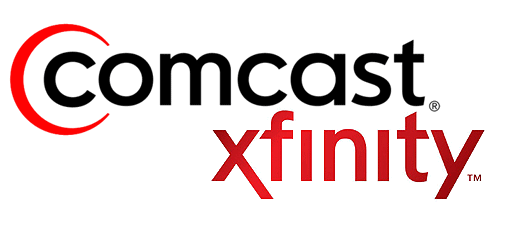Comcast having a bad day
Comcast announced this morning that they’re having problems receiving mail and their customers are seeing significant delays.
We are currently experience an issue which is causing a significant delay in receiving email. This is not a good thing and we are very aware of the problem and are working hard to restore it.
Technical description for those who are interested:
A problem on a couple of the network switches caused our blob storage to get into a bad state. Lots of peering errors etc, this coupled with a bug in the blob storage vendors software is prolonging resolution. We have an incident bridge going with the team and the developers.
Official notice on Xfinity Forums
They thought they had the problem fixed around midnight, but then…
Update:
We had the problem resolved. We really did. But then… it fought back. The problem is continuing to delay your mail. This is not acceptable to us and we are fighting back even harder to get your mail delivered on time.
The short of it is: Comcast is having major issues today. It’s not you, it’s them.